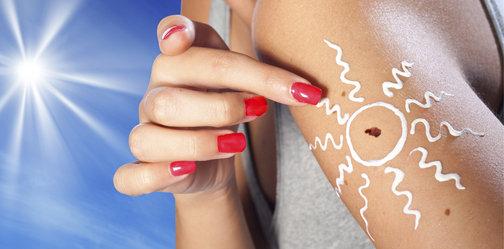Distinct changes in the immune systems of patients diagnosed with chronic fatigue syndrome (known medically as myalgic encephalomyelitis), have been identified by researchers at Columbia University in the USA.

Although the condition has been recognised for some time this is the first robust physical evidence that ME is a biological illness as opposed to a psychological disorder, which has been suggested by some doctors.
The findings could help improve diagnosis for the disorder, in which symptoms range from extreme fatigue and difficulty concentrating to headaches and muscle pain.
Patients often report getting sick, sometimes from a common infectious condition, and never fully recover. The results suggest the immune system doesn’t turn itself off after the infection has gone but remains stuck in high gear.
It will be some time before the a definitive diagnostic test can be devised, but there are already medicines on the market that can dampen the immune system down, so another prescription medicine available from your local pharmacy may be on the way.









